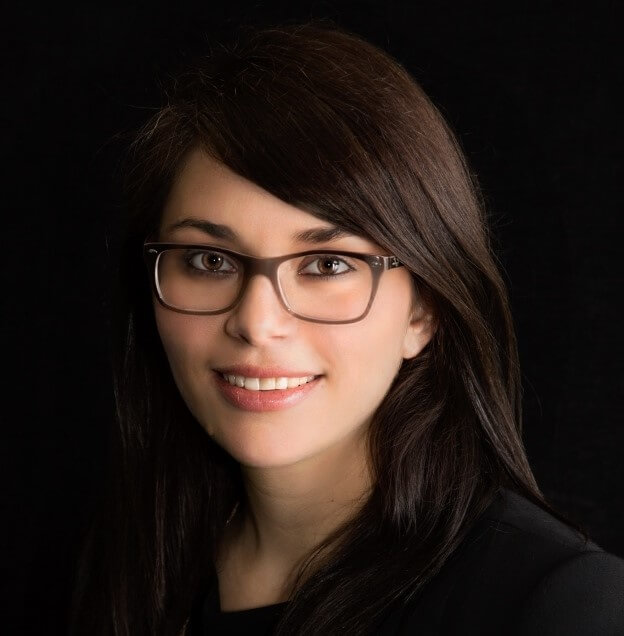You hold a Batchelors of Engineering, and a Bachelor of Arts (history) and studied French language and literature at the Sorbonne, Paris. How have these broad educational experiences influenced your approach to work?
My studies have shaped the way I think and work with clients. I have an analytical side – I understand technical and complex problems and numbers and delve into the detail of things. That is my engineering brain. Studying history and language informs the other side of my brain, and drives my desire to understand context, the client’s drivers and the root cause of a problem. The two combine to provide a well-balanced, holistic approach to problem solving for the client.
You lectured and tutored at the Architectural Association in London for almost five years, how has that experience influenced how you work with clients?
Teaching and explaining complex engineering theories and concepts to first year architecture students really helped me refine and tailor my communication styles to suit different audiences, whether it be one-on-one or presenting to large groups.
I learned how to simplify complex concepts and technical engineering issues and communicate them in plain English. These are skills I still use day-to-day in my work, whether in chairing meetings or running large workshops with multidisciplinary design teams.
Is your teaching experience useful in other contexts?
I draw on it when embedded in a client organisation, managing a team on behalf of the client. A part of the role is to upskill and train client staff. In those circumstances I draw on my ability to teach and to lead people and guide them along the journey so that those new skills are embedded in the client organisation.
You have been involved with some amazing projects in Melbourne, Paris, Athens, Turin and London. Do you have a favourite project in your career so far?
I don’t have any one favourite project, but I do feel very fortunate to have had the breadth of project experiences over the course of my career. Many of the projects I have worked on would be considered a “once-in-a-lifetime” opportunity; a new National Library in Athens, the Foundation Louis Vuitton (a new contemporary art museum in Paris), or Melbourne Park Redevelopment Stage 3.
Presently I am assisting Homes Victoria to deliver projects within the Big Housing Build, the largest social and affordable housing building program in Victoria’s history. This work is immensely rewarding, knowing that I am playing a critical role in delivering homes to Victorians in need.
Tell us a little about the work you did on the Foundation Louis Vuitton Pour la Creation project?
The Foundation Louis Vuitton is a museum of modern and contemporary art, on the outskirts of Paris. It is designed by Frank Gehry and is an iconic structure; a very complex form, resembling a vessel emerging from the water below. I was based on-site as part of the façade-design team.
Part of my role was to look at the complex, engineering analysis of the aluminum shell. The facade comprised of hundreds of aluminum panels, each panel had different geometry, curvature and fixing arrangements. I applied a systematic approach to solving the engineering problem and communicated the requirements to the fabricators. I worked closely with the Belgium-based contractors who had to fabricate the panels in a factory environment.
What is a recent challenge you and a client faced together?
My recent roles with Ontoit have seen me seconded to different government organisations as a client-side project manager or design manager for key social and civic infrastructure projects.
My roles have included Design Manger for Melbourne Park Redevelopment Stage 3 and Project Lead for Social and Affordable Housing projects on behalf of Homes Victoria. These projects of state significance have followed the Office of Victoria Government Architect (OVGA) design review process. Each of these projects involved managing complex stakeholder groups within the client organisation concurrently with managing day-to-day, best-for-project decisions and design progression. In seeking quality design outcomes for the state and client organisations, I have often found myself as a champion of design quality, acting as the go-between client, design team and OVGA. I have worked collaboratively with design teams, to push the boundaries on their design responses. At times it has involved frank conversations, tight timelines, budget constraints, and in some instances re-work; the persistence and effort has always paid-off, resulting in great outcomes for both the design team and client.
Do you have any unique approach or tips to help clients reach the best decisions for their business/project?
My unique approach would be how I apply myself to provide advice to clients. To ensure I provide the right advice or solution for the client, I take the time to assess whether we are asking the right question and solving the right problem. I won’t just look at the task or problem in front of me.
Whether I’m solving a small design issue, writing a functional design brief or advising on program and procurement methodology – I am always thinking about the bigger picture, the context I am working in, and understanding the client’s key drivers. This approach enables me to tailor my advice to best fit the project and provide the best client outcome long-term.
When did you join Ontoit?
I joined Ontoit in 2014, after I returned from Europe, from living in Paris for three years and before that London for four years.
What attracted you to Ontoit?
Ontoit was in a unique position then as now. The projects they were working on were city-shaping and influential and we have some of the most recognised project managers and leaders in our industry. The ability to work alongside them and learn from them is just incredible.
